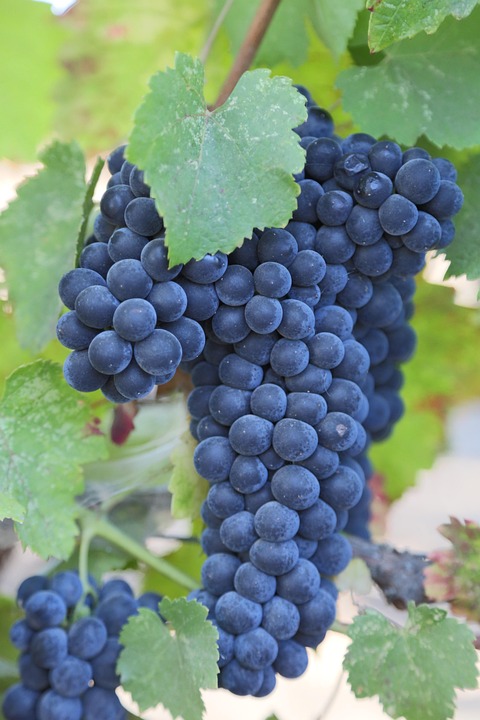Introduction
Cabernet Sauvignon is one of the most popular and widely planted grape varieties in the world, known for producing bold, full-bodied red wines. The unique characteristics of Cabernet Sauvignon, including its structure and flavor profile, are heavily influenced by the climate and soil in which the grapes are grown. In this report, we will explore how these factors impact the quality and characteristics of Cabernet Sauvignon wines.
Climate Influence on Cabernet Sauvignon
Temperature
Temperature plays a crucial role in the development of Cabernet Sauvignon grapes. The grapevines thrive in regions with warm daytime temperatures and cooler nights, which allow the grapes to ripen slowly and develop complex flavors. Regions with hot daytime temperatures can result in overripe grapes with high sugar levels, leading to wines that are jammy and overly alcoholic. On the other hand, cooler climates can produce wines with higher acidity and more green, herbaceous notes.
Precipitation
The amount of rainfall in a region can also affect the quality of Cabernet Sauvignon grapes. Excessive rainfall can dilute the flavors of the grapes and lead to lower sugar levels, resulting in lighter-bodied wines. Conversely, regions with limited rainfall may produce grapes with more concentrated flavors and higher sugar levels, leading to fuller-bodied wines with higher alcohol content.
Sunlight
Sunlight exposure is essential for the photosynthesis process in grapevines, which is crucial for the production of sugar and flavor compounds in the grapes. Regions with ample sunlight exposure can produce grapes with higher sugar levels and riper fruit flavors. However, excessive sunlight exposure can also lead to sunburnt grapes and a decrease in acidity, resulting in unbalanced wines.
Soil Influence on Cabernet Sauvignon
Soil Composition
The soil composition in which Cabernet Sauvignon grapes are grown can greatly impact the flavor profile of the resulting wines. Well-drained soils, such as gravelly or sandy soils, are ideal for Cabernet Sauvignon vineyards as they promote healthy root development and prevent waterlogging. These soils can impart mineral and earthy notes to the grapes, adding complexity to the wine. Clay soils, on the other hand, can produce wines with softer tannins and more fruit-forward flavors.
pH Levels
The pH levels of the soil can also influence the structure and flavor of Cabernet Sauvignon wines. Soils with higher pH levels tend to produce grapes with lower acidity, resulting in wines that are rounder and less tart. In contrast, soils with lower pH levels can produce grapes with higher acidity, leading to wines that are more vibrant and lively on the palate.
Nutrient Availability
The availability of nutrients in the soil, such as nitrogen, potassium, and magnesium, can impact the growth and development of Cabernet Sauvignon grapevines. Nutrient-deficient soils can result in stunted growth and lower yields, as well as grapes with less intense flavors. Conversely, soils rich in nutrients can produce healthy vines with robust fruit flavors and balanced acidity levels.
Industry Insights
According to industry data, Cabernet Sauvignon is one of the most profitable grape varieties for wine producers, commanding higher prices in the market due to its popularity among consumers. In 2020, the global Cabernet Sauvignon market was valued at over $10 billion, with steady growth projected in the coming years. Regions known for producing high-quality Cabernet Sauvignon wines, such as Napa Valley in California and Bordeaux in France, continue to attract wine enthusiasts and connoisseurs from around the world.
In conclusion, the climate and soil in which Cabernet Sauvignon grapes are grown play a significant role in shaping the structure and flavor of the resulting wines. By understanding how these factors influence the quality of Cabernet Sauvignon, winemakers can create exceptional wines that showcase the unique characteristics of this iconic grape variety.




